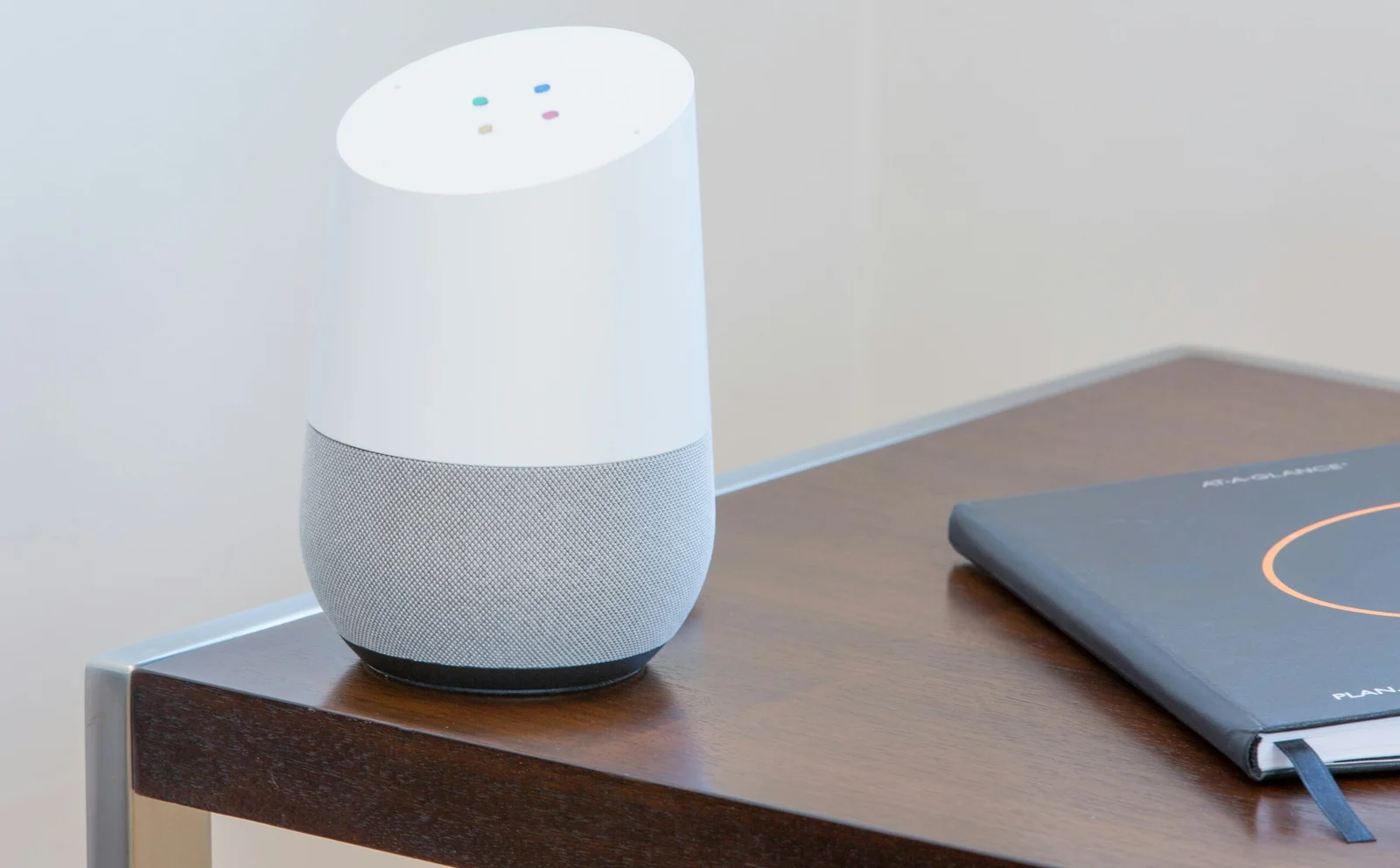In today’s digital age, email marketing has become an essential tool for businesses to communicate and engage with their customers. Home service providers, such as plumbers, electricians, and landscapers, have also recognized the power of email marketing in reaching their target audience and growing their businesses. In this blog post, we will explore seven effective ways that home service providers can leverage email marketing to enhance their customer relationships and boost their overall success.
1. Welcome Emails
When a customer first signs up for a home service provider’s email list, sending a welcome email is a great way to make a positive first impression. These emails can include a warm greeting, a brief introduction to the company, and any special offers or discounts for new customers. By sending a personalized welcome email, home service providers can start building a strong foundation for a long-lasting relationship with their customers.
2. Regular Newsletters
Home service providers can use regular newsletters to keep their customers informed about the latest industry trends, tips, and updates. These newsletters can include helpful articles, DIY guides, and exclusive offers. By consistently providing valuable content, home service providers can position themselves as trusted experts in their field and keep their customers engaged and interested in their services.
3. Service Reminders
Home maintenance is often overlooked, and customers may forget to schedule regular service appointments. Email marketing can be used to send gentle reminders to customers about upcoming service appointments, such as HVAC maintenance or gutter cleaning. By proactively reaching out to customers, home service providers can ensure that their services are not forgotten and help customers maintain the functionality and safety of their homes.
4. Customer Feedback
Email marketing provides an excellent platform for home service providers to gather valuable feedback from their customers. Sending surveys or feedback forms via email allows customers to share their experiences, suggestions, and concerns. This feedback can help home service providers identify areas for improvement, address customer issues promptly, and enhance the overall customer experience.
5. Seasonal Promotions
Home service providers can leverage email marketing to promote seasonal offers and discounts. For example, a landscaping company can send out emails in the spring offering discounts on lawn care services or a heating company can offer special deals on furnace maintenance in the fall. By tailoring promotions to specific seasons, home service providers can generate excitement and encourage customers to take advantage of their services at the right time.
6. Referral Programs
Word-of-mouth referrals are powerful for home service providers, and email marketing can help amplify this effect. By implementing a referral program and promoting it through email campaigns, home service providers can incentivize their existing customers to refer their friends and family. Offering discounts or rewards for successful referrals not only helps generate new business but also strengthens customer loyalty.
7. Upselling and Cross-selling
Email marketing can be an effective tool for home service providers to upsell or cross-sell their services. For example, a plumbing company can send an email to customers who recently had a new water heater installed, offering a discount on a water softener installation. By analyzing customer data and segmenting their email lists, home service providers can send targeted emails that offer additional services or products based on their customers’ specific needs and preferences.
In conclusion, email marketing offers a multitude of opportunities for home service providers to connect with their customers, drive engagement, and ultimately grow their businesses. By implementing these seven strategies, home service providers can leverage the power of email marketing to enhance customer relationships, increase brand loyalty, and achieve long-term success in their respective industries.







